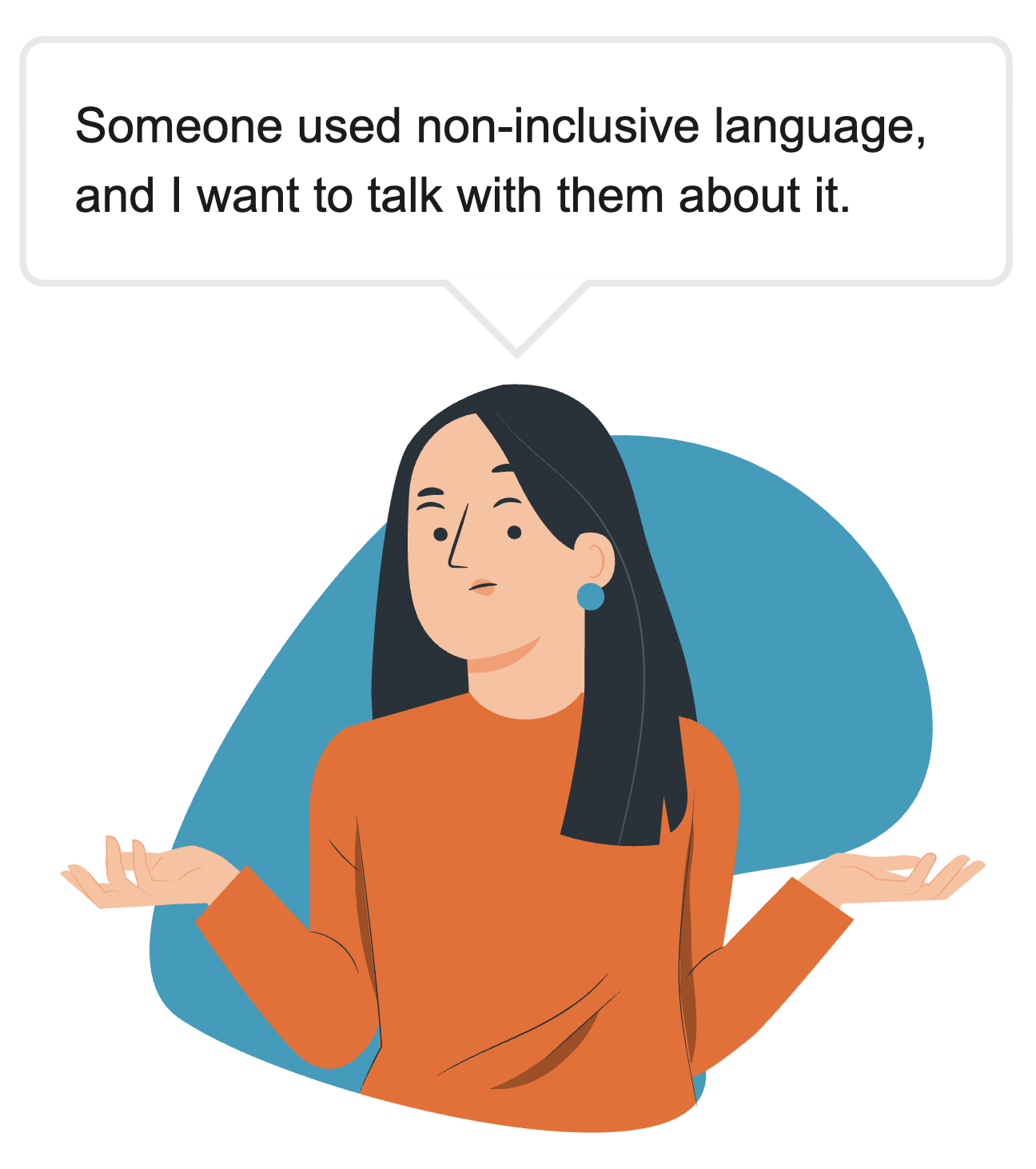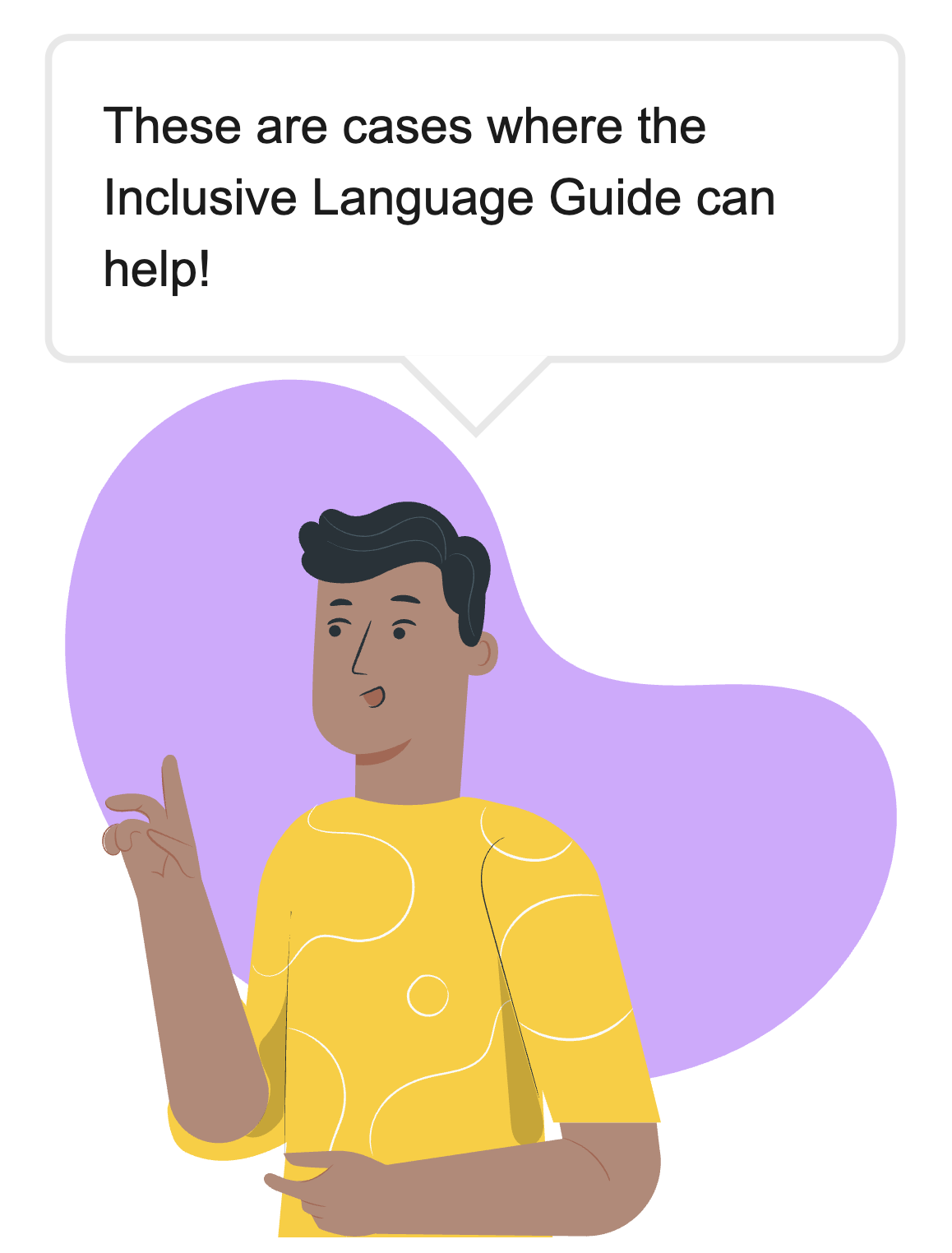The work on EGAL's Inclusive Language Guide was supported by Google. EGAL also formed and collaborated with a working group of academic and community leaders with representation across different identities and expertise. While we sought to include a variety of perspectives, this work may overrepresent certain viewpoints, as all the people involved in the project were living in the US or UK at the time of research, and are all speakers of English.Image credits:
Storyset



